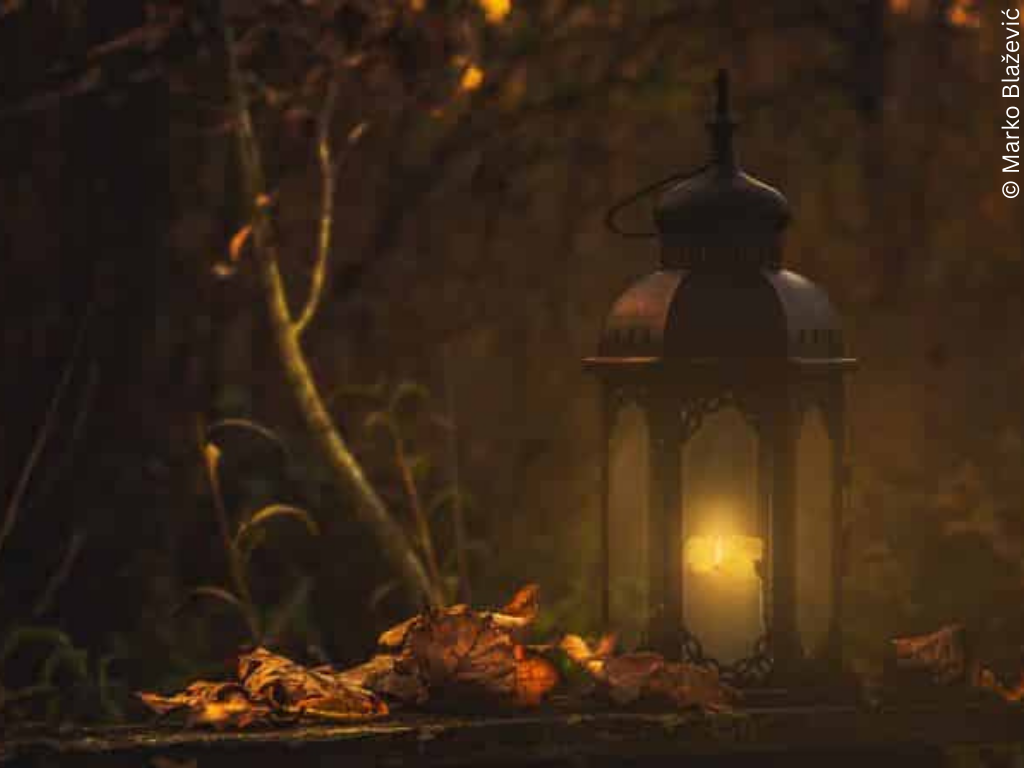London and the Gothic in Leon Garfield’s Smith and Joan Aiken’s Black Hearts in Battersea
Alison Baker demonstrates how the use of historical settings, supernatural elements and the sublime in 'Smith' and 'Blackhearts in Battersea' subvert the tropes of Gothic fiction.
DOI:
https://doi.org/10.58091/W0YB-SB96Keywords:
Gothic, social classAbstract
Gothic fiction’s recognisable tropes were established in the 18th and 19th centuries through novelists such as Horace Walpole and Ann Radcliff: supernatural elements, fear, historical settings and the sublime in landscape reflecting the heightened emotions of the protagonist. Gothic fiction’s influence is seen in the work of Dickens, Collins and Charlotte and Emily Bronte, into fin de siècle works of Stevenson and Wells and into the 20th Century with Du Maurier and Angela Carter. It continues to be popular in young people’s culture and media through television programmes such as Sabrina and Wednesday (both on Netflix), the fiction of Holly Black and Margo Lanagan and video games such as Silent Hill (1999-present). The two novels I discuss in this paper were published during a rise in the popularity of Gothic romance novels by authors such as Victoria Holt and Phyllis A. Whitney, when Gothic had become a more low-brow, though popular, genre. I demonstrate how the historical settings of the novels, the supernatural elements and sublime were transposed to London, and how that, along with the working-class child protagonists, both subverts and works within the tropes of 18th and early 19th century Gothic.

Downloads
Published
Issue
Section
License
Copyright (c) 2023 Alison Baker (Author)

This work is licensed under a Creative Commons Attribution-NonCommercial 4.0 International License.
CCBY-NC-4.0

